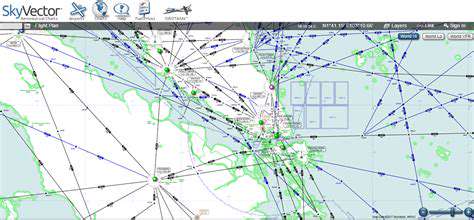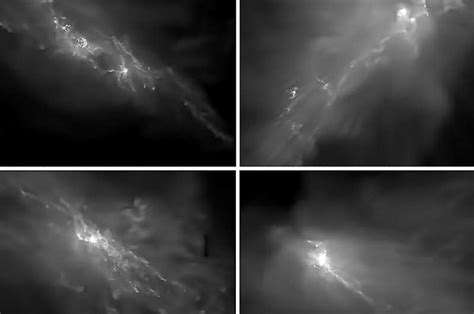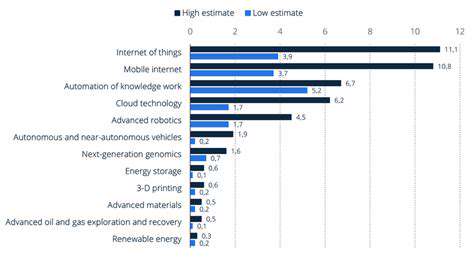The Role of Modular Design and Adaptability
Modular Design for Scalability and Flexibility
Modular design is crucial for lunar habitat construction, allowing for the expansion and adaptation of living quarters as mission requirements evolve. This approach enables a flexible response to unforeseen challenges and changing scientific objectives. Imagine a lunar base that starts with a small, self-sufficient module for initial exploration, then gradually adds modules for research, agriculture, and even larger living spaces as the mission progresses. This adaptability is vital for long-duration missions and the potential for sustained human presence on the Moon. By using standardized components and pre-fabricated modules, construction time and costs can be significantly reduced, a key factor in the economic viability of lunar settlements.
The modularity aspect extends beyond the physical structure. Systems within the modules, such as life support, power generation, and waste management, can also be designed in modular fashion. This allows for the replacement or upgrading of individual components without impacting the entire system. For example, a new, more efficient power generation module could be integrated into the habitat without requiring a complete overhaul of the existing infrastructure. This level of flexibility is essential for maintaining operational efficiency and safety throughout the extended lifespan of a lunar habitat.
Adaptability to Environmental Challenges
Lunar habitats must be designed to withstand the unique and demanding environmental conditions of the Moon. This includes extreme temperature fluctuations, radiation exposure, and the vacuum of space. Adaptability in the design ensures that the habitat can adjust to these conditions and maintain a safe and habitable environment for the inhabitants. Effective thermal management systems are crucial for controlling temperature extremes, while radiation shielding must be incorporated to protect astronauts from harmful solar and cosmic radiation.
Furthermore, the habitat's design must consider the potential for resource scarcity on the Moon. Water, oxygen, and other essential resources need to be managed and reused efficiently. A modular approach allows for the integration of different resource management systems, such as water recycling and oxygen generation units, that can be adapted and upgraded as needed. This adaptability is crucial for long-term sustainability, enabling the habitat to function independently and autonomously, minimizing reliance on resupply missions from Earth.
The ability to adjust to unforeseen circumstances is paramount. The lunar environment is dynamic, and unforeseen events, such as equipment malfunctions or unexpected geological activity, can occur. A modular design, coupled with robust redundancy in critical systems, allows for quick and effective response to these challenges, ensuring the safety and well-being of the inhabitants.
Modular design and adaptability are not just desirable features but are critical necessities for the long-term success of lunar habitats. They allow for the evolution of the habitat to meet changing needs and conditions, ensuring the viability of human presence on the Moon for years to come.
The robust nature of modular design also allows for the integration of future technologies and advancements. As new materials, technologies, and processes emerge, the lunar habitat can be progressively upgraded and improved to remain at the forefront of space exploration.











